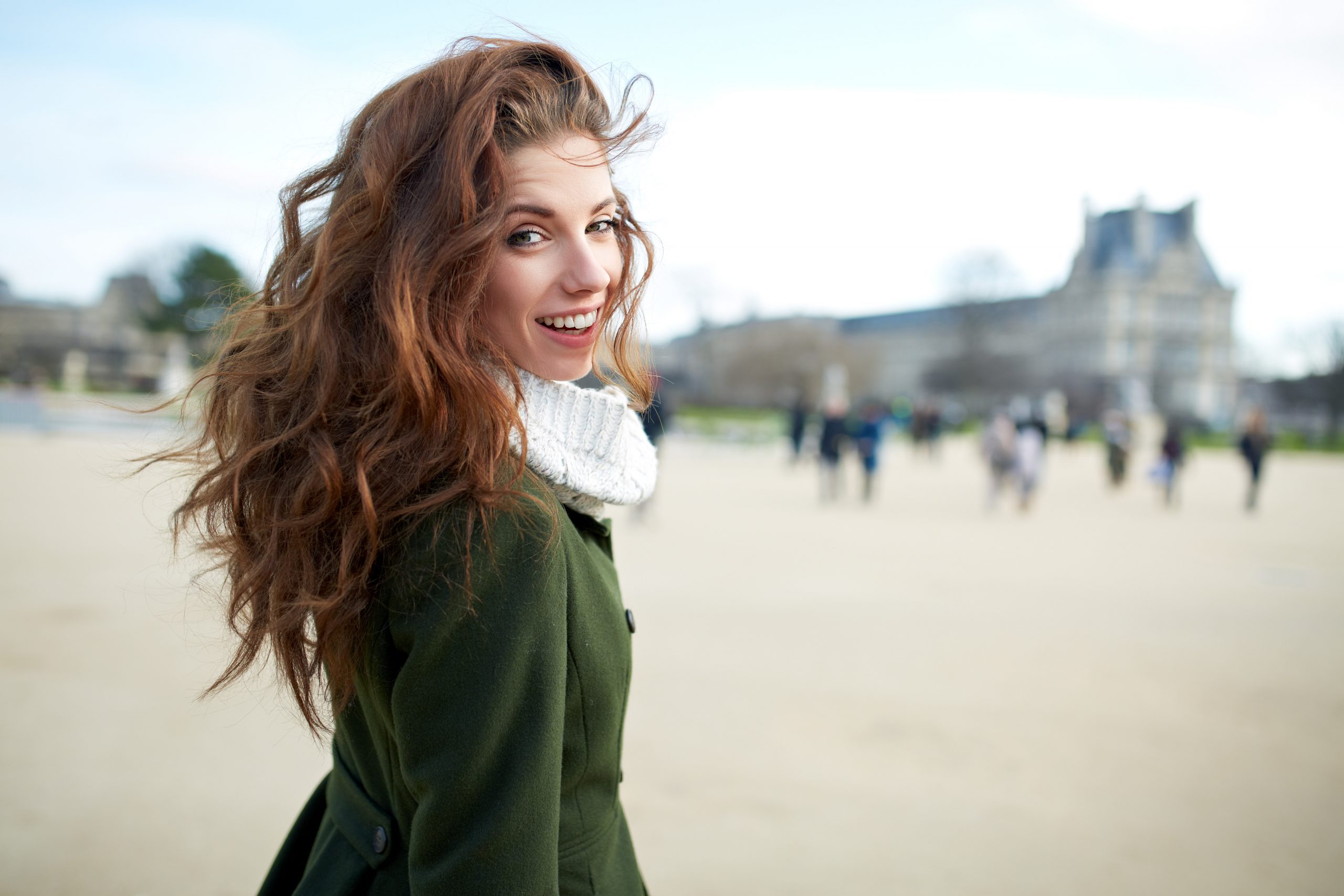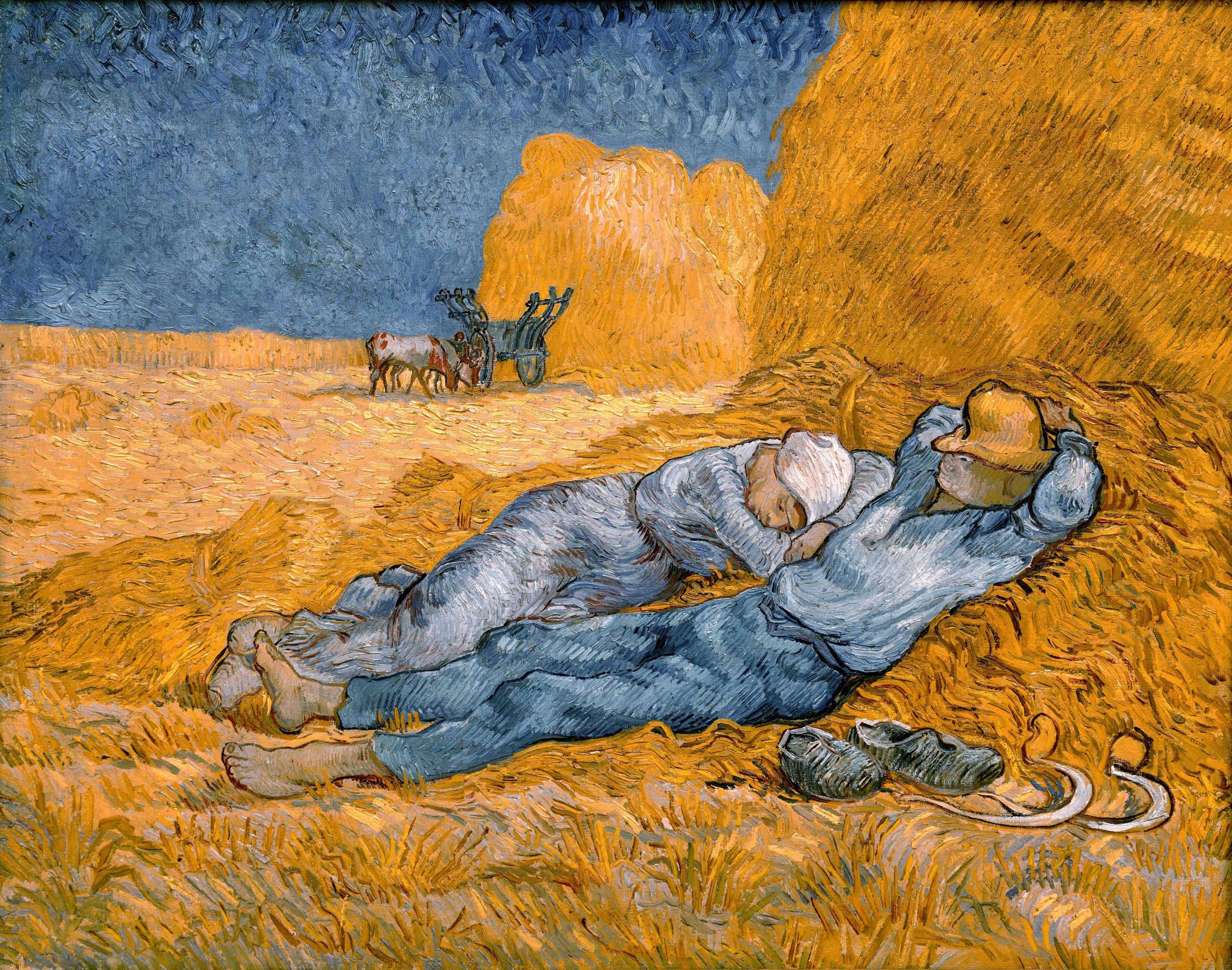
Directing an R-rated studio comedy with a canine cast might prove ruff, but “Strays” director Josh Greenbaum found the right howling humor and heart. The latest flick from the “Barb and Star Go to Vista Del Mar” filmmaker has him painting “Homeward Bound” in raunchy R-rated drool for the now-adult audience who grew up with it and is very proud of it, humps and all.
“Strays” follows Reggie, a happy-go-lucky Border Terrier (voiced by Will Ferrell), who assumes the attempts of his neglectful stoner/porn-addicted owner Doug (Will Forte) to abandon him are a game. After being fed up with Reggie’s persistence, Doug drives Reggie three hours away from home and drops him off in a sketchy street alley. There, Reggie meets Bug (Jamie Foxx), a streetwise short-tempered Boston Terrier, Maggie (Isla Fisher), an Australian Shepherd with a strong sense of smell, and Hunter (Randall Park), a kind-hearted, cone-wearing therapy Great Dane. His new paw pals help Reggie recognize his toxic relationship with Doug. With his newfound friends and confidence, Reggie and his friends journey back to Doug’s place to get the ultimate vengeance: ripping Doug’s junk off.
I spoke with Greenbaum about balancing heart and absurd hilarity with his doggy stars and voice actors, the importance of technical departments from trainers to editors to make this talking dog comedy as sophisticated as the adult audience, and finding the right song to go with its insane finale.
I can only imagine it could be really difficult working with so many dogs on camera. Were there any challenges in achieving wide shots of the four dogs getting into their mayhem on their journey?
Yeah, absolutely. From a directing standpoint, I always want to try to find the most interesting shot. The most interesting master shot. And that often means, oh, well, let’s get all four characters in the scene with interesting blocking and move the camera, all of which is not a friend to working with animals, nor is it always a friend to working with VFX. I would push my team to try to deliver what everybody could. And they over-delivered. It was tough. I storyboarded the film, and we worked together.
You quickly learn where trainers can be, where they can’t be, and how to do this very delicate dance with all the different departments of a film to achieve what you want ’cause, even as simple as you forget that dogs don’t hold eye lines with each other. They don’t look at one another; they look at their trainers. That means every trainer’s gotta be behind the other dog to pull an eye line, and you have to time it with a dialogue on the performance. It’s a whole dance that I sort of forced on myself because I set out with sort of a mission to use real dogs for the bulk of the film. I wanted it to feel as real as possible for an audience and especially an adult audience who is a little bit savvier than making a film like this for children.

Since this is a different type of animal than “Barb and Star” …
Ha. Good. Well done.
I had to do the pun. How did you capture the heartfelt tone as you did with that film, with both the voice actors and the recording studio you did with the dogs on screen?
Well, that’s a huge thing to me. No matter how loud and crazy a comedy can get, in the case of Barb and Star, it’s more in this sort of silly absurdist world and PG-13, which I love. And then, of course, we push the envelope here in the outrageousness, in the R-rated nature of this film. But if it doesn’t have an emotional center and, hopefully, something to say, I have difficulty connecting to it and feeling like I understand who these characters are, where they come from, and how to talk to my actors.
So that’s really what pulled me in from the get-go on this script. Yes, it’s a fun, outrageous R-rated talking dog movie. Still, it’s also a metaphor for being in an unhealthy, toxic relationship and how to deal with that, how to get out of it, and how your friends come and help you through that and help you rediscover your own sense of self-worth. And so, there are all these kinds of richer conversations I love as a filmmaker, trying to create an ecosystem for a film where all of that can coexist, all of the sorts of raunchy outrageousness can also kind of, you can go from one scene like that to a genuine grounded emotional scene. The script had it, and then, working with Jamie Foxx and Will Ferrell and our incredible cast, those guys are really great. Let’s not forget Oscar-winning actors who, when you need it to be honest, when you need it to get to go there, which happens with Bug and Reggie and all these dogs, are there, they’re ready to deliver, and they win that.

What was one of the funniest moments when working with the dogs?
Every day was a weird mix of incredibly difficult and then incredibly funny. Like every moment. I remember at one point, it’s four in the morning, we’re shooting in Atlanta, and we’re waiting for Benny, who plays Bug, to hump a pile of trash––that is correct, that’s part of the film that I made, and I’m very proud of it. But we’re waiting for it, and there’s nothing you can do. You have got around 60 to 100 people on your crew waiting. It’s four in the morning, and all you could hear if you came on our set was one little trainer going, “Humpty, Humpty,” ’cause that happened to be the word she used to train the action. And I remember looking around and being like, “This is crazy. I can’t believe I’m making this movie. I can’t believe we’re all here.” And sure enough, Benny did what he needed to do. We were all dying laughing and moved on to the following setup. But there was a moment like that every day of shooting.
What was the relationship between you and the VFX supervisors like? How did you ensure that all the footage you captured still evoked all these emotions reflected when they’re talking?
It’s a massive part of the job. And there are many steps to it. It starts with my trainers. So, I wouldn’t just go through the script and say, “Hey, I need the dogs to hump a bag of trash, knock a door down or spin in circles like they’re going to bed.” Then I’d go through the script and say, “I’m looking for Reggie to feel guilty at this moment as he’s revealing to his friends that he’s feeling guilty about how he wants to go back to Doug.” And I would really walk through the emotions and learn the tools I had from the trainers because I wanted to start there. But then, of course, if we didn’t get it or I wanted to add on top of that, then my incredible VFX team at MPC would come in, and they could start subtly, which is where I always wanted to start, was very subtle on the eyebrows. Or oftentimes, they might take a tail that was wagging on set and slow it down so it looked a little more menacing or stop it from wagging. So, we could lean on all these different behaviors, and the VFX team would kind of step up and help wherever we needed. But it always started with the trainers on set, and I should mention my editors combing through all the footage to find the right moments when it looked like the dog might have delivered that line. And that’s very difficult, but it takes a keen eye to find those moments.
There’s a particular needle drop in the climax that had me rolling. I wanted to know if that was always in the script, or did you guys go through a cycle of different, perfect breakup songs to throw in?
It was probably one of my favorite moments of making the entire film, to be honest. That was not in the script. Dan Perrault’s brilliant script actually had a song in there. Originally it was Lou Reed’s “Perfect Day,” which is a great choice. I love the song, but it wasn’t quite working for me. And it wasn’t anthemic nor making me cheer. I wanted to elicit a feeling of this cathartic moment that might make an audience laugh and feel emotional but also maybe want to cheer and clap. I was trying to figure out what song to do, what genre, and I went to breakup songs because it finally clicked off like, “Well, this is a form of breakup.” I probably listened to three or 400 songs in the course of a day ’cause then I was like, “Oh, we gotta figure this out.” And then I found the song you’re referring to; we won’t give it away, but it is full of chills in my body. I ran down the hallway to the editor; I was like, “Put this in.” And as soon as we married it to a picture, it was like, “Oh, that’s it!” It can be nothing else. And, of course, fingers crossed, will the artist approve it? Because it’s a unique scene to put your song to. And let’s just say that she did watch the scene. She loved it and approved it, and we got the song. So glad you loved that too. Yeah, it’s one of my favorite moments.
“Strays” is in theaters now.




